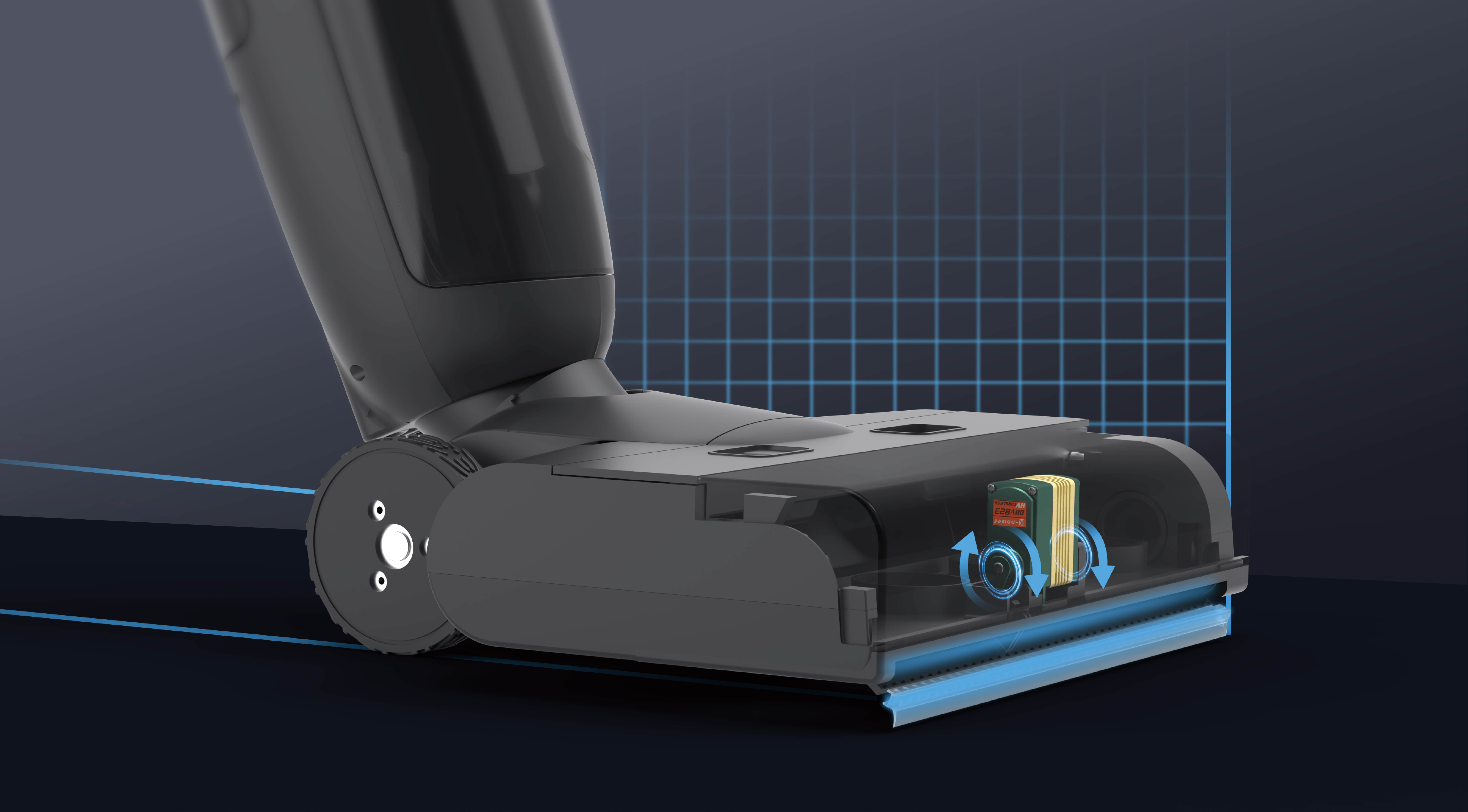The Rise of Precision in Motion Control
In a world driven by technology, the demand for precise, reliable, and efficient motion control systems has never been more critical. From packaging automation and 3D printing to aerospace and robotics, the backbone of these technological feats often lies in sophisticated motor systems that can deliver power with pinpoint accuracy. Among these, planetary gear stepper motors have emerged as a game-changer.

But what exactly makes a planetary gear stepper motor so distinctive? To understand that, let’s delve into the core concepts—beginning with the basics of stepper motors and how planetary gearing elevates their performance to new heights.
Understanding Stepper Motors: The Basics
A stepper motor is a type of electric motor designed to move in discrete steps, offering precise position control without the need for feedback systems like encoders. Its ability to convert electrical pulses into mechanical movement makes it ideal for applications requiring steady, repeatable motion.
Traditional stepper motors are simple in design but often face trade-offs when it comes to torque, efficiency, and compactness—especially when high torque at low speeds or smooth operation are demanded. This is where gear reduction mechanisms come into play to enhance their capabilities.
The Role of Gear Reducers in Stepper Motors
Gearboxes or gear trains are used to magnify torque and improve positional accuracy. By reducing the motor’s speed and increasing thrust, gear reducers make the motor more effective for heavy-duty or intricate tasks. Among various gear configurations, planetary gear systems have gained prominence, thanks to their unique design and performance benefits.
Introducing Planetary Gear Systems
A planetary gear system, sometimes called an epicyclic gear train, consists of three main components:
Sun Gear: The central gear around which the planetary gears revolve. Planet Gears: Multiple gears that rotate around the sun gear, often meshing with both the sun gear and the ring gear. Ring Gear: An outer gear that encases the planetary gears.
This arrangement resembles a miniature solar system—hence the name. The planetary gears rotate on their own axes while revolving around the sun gear, transmitting motion to the ring gear or vice versa, depending on the configuration.
What makes planetary gear systems particularly appealing in motor design? It’s a combination of their high power density, compactness, and efficiency. Because multiple planetary gears share the load, they distribute forces evenly, resulting in smooth operation and increased durability.
Why Combine Planetary Gears with Stepper Motors?
Integrating planetary gear systems with stepper motors offers numerous advantages:
High Torque Output: Planetary gears multiply the torque generated by the motor without significantly increasing size. Enhanced Precision: The gear ratios enable finer control over movement, ideal for applications needing meticulous positioning. Compact Design: The planetary arrangement provides a high gear ratio in a small footprint, essential for space-constrained systems. Improved Efficiency: Due to their balanced load sharing and minimized backlash, planetary gear stepper motors often achieve higher efficiency and lower vibration. Reduced Heat and Wear: The even load distribution means less stress on individual components, extending motor lifespan.
Applications Driving Innovation
Because of these properties, planetary gear stepper motors are steadily replacing traditional solutions in various sectors:
Robotics: Precise joint movement with high torque in compact packages. Automated Manufacturing: High-speed, accurate positioning of parts and tools. Medical Devices: Micro-positioning in imaging or surgical equipment. Aerospace: Reliable actuation systems that withstand extreme conditions. 3D Printing: Fine layer control and rapid, precise axis movements.
Design Considerations for Planetary Gear Stepper Motors
Choosing the right planetary gear stepper motor involves considering factors such as:
Gear Ratio: Determines the torque multiplication and positional resolution. Backlash: Smaller backlash ensures higher accuracy and repeatability. Material and Manufacturing Precision: Critical for durability and smooth operation. Motor Size and Power: Matching the motor’s specifications with application requirements.
As the technology advances, innovations in gear materials, lubrication, and manufacturing techniques promise even more refined performance, pushing the boundaries of current design possibilities.
Leveraging innovations in modular drive technology, Kpower integrates high-performance motors, precision reducers, and multi-protocol control systems to provide efficient and customized smart drive system solutions.




































